By admin on May 12, 2025
american quarter horse, AQHA, Horse, Horses, laura kenny, NSBA, showing, Western Pleasure, World Show
InStride Health

Spring is here! The birds are singing, grass is greening, and we are planning the year ahead. However, anyone who owns a laminitis-prone horse may dread this season because of the increased risk from pasture forages. While the study of laminitis is ongoing, we have learned much that can help us manage our horses. For […]
By admin on September 26, 2024
american quarter horse, AQHA, Horse, Horses, NSBA, showing, Western Pleasure
InStride Health
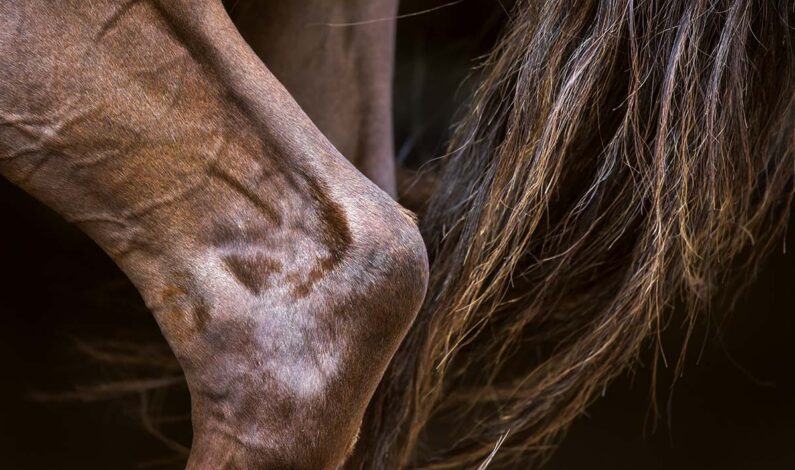
Chronic pain and lameness resulting from osteoarthritis (OA) and other musculoskeletal conditions are the most common causes of poor quality of life in senior horses. Priorities for senior horse care include early intervention for health challenges (including OA) and making management changes as needed. This means honing your skills for recognizing pain in an animal […]
By admin on September 26, 2024
InStride Health
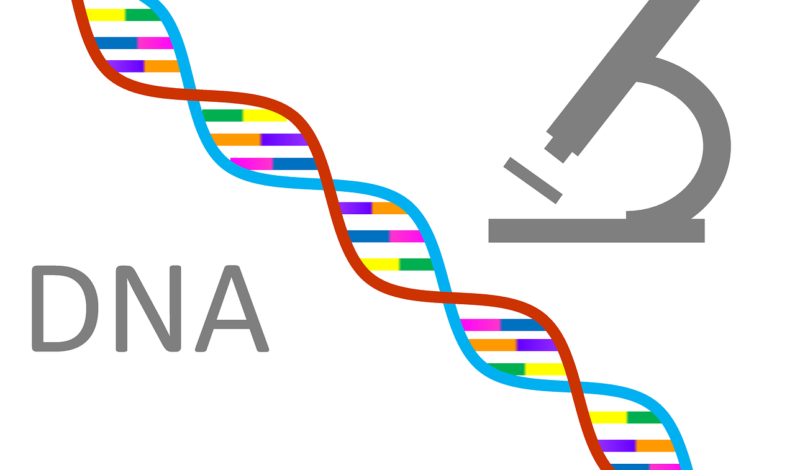
In what could be a leap forward for equine science, a Martin-Gatton College of Agriculture, Food and Environment researcher is helping spearhead a three-year project to map the genetic blueprints of 13 horse breeds and their relatives. Funded by a $765,000 grant from the USDA National Institute of Food and Agriculture, this initiative, entitled “Functionally […]
By admin on June 28, 2021
InStride Health
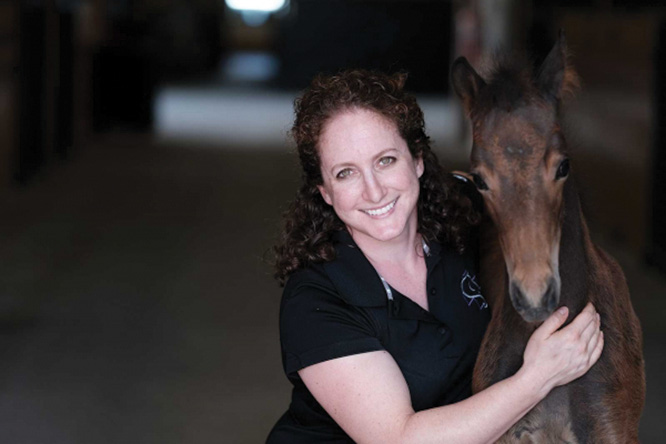
Equine reproduction has significantly advanced in the last 30 years. On the stallion side, the development of semen extenders, processing techniques, and shipping containers has allowed cooled and frozen semen to be shipped worldwide. These advances have been beneficial to the horse industry in many different ways. First of all, it allows for the spreading of genetics […]
By admin on June 7, 2021
Dr. Melissa Aceto, Equine Herpes
(IN) HEALTH, InStride Health

Recently the horse community has experienced an outbreak of Equine Herpes Myeloencephalopathy (EHM). Multiple outbreaks of confirmed cases of the neurological form Equine Herpes Virus – 1 (EHV-1) has recently resulted in the cancellation of all FEI sanctioned events for the remainder of the Spring in Europe, and has promoted stricter biosecurity measures in places […]
By admin on February 28, 2021
InStride Health
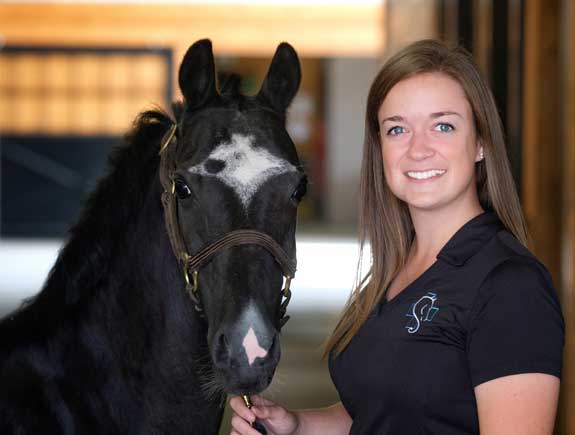
In the realm of equine sports medicine, regenerative therapies have become commonplace treatment options for the injured performance horse. Regenerative medicine is an encompassing term for treatment modalities that utilize the horse’s own body to encourage the best healing possible. This is achieved by promoting the development of increased blood flow to the damaged area. […]
By Katie Navarra on August 9, 2016
Features, InStride Health

Halle Saywell’s talented Quarter Horse show partner, Gifted Invitation (Gracie) was cast in her stall one day during the 2015 Tom Powers Futurity in Michigan. In the process of getting herself free and back on her feet she suffered a serious injury to her coronet band. Over time, that progressed into a quarter crack, which eventually compromised the entire inside hoof wall […]
By Megan Williams on August 29, 2015
InStride Health
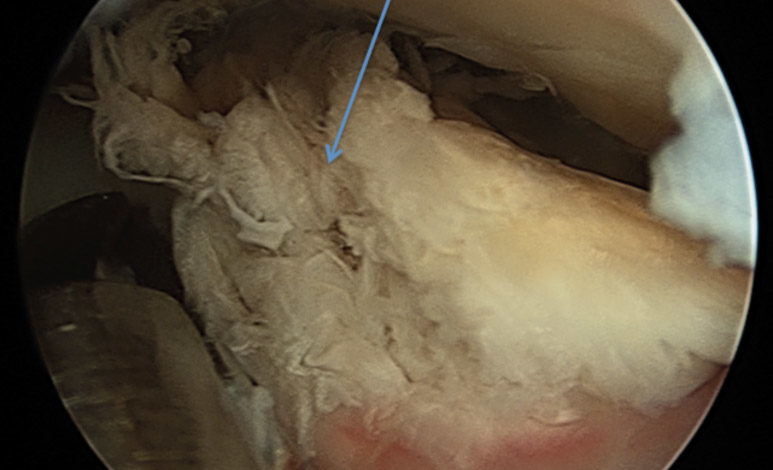
Heel pain related forelimb lameness has traditionally been and continues to be one of the most common causes of lameness in Quarter Horses. While traditionally attributed to navicular disease, the introduction of advanced imaging techniques to equine practice demonstrates that a variety of soft tissue injuries in the foot can be responsible for heel […]
By Megan Williams on July 7, 2015
InStride Health
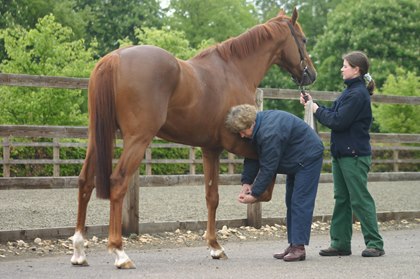
Flexural deformities of the forelimbs in horses can be either congenital (present at birth) or acquired (develops over time as the young horse grows, or secondary to severe injury). Acquired flexural deformities of both the fetlock and coffin joints are a relatively common finding in Quarter Horses, along with many other breeds. Acquired deformity of […]
By Megan Williams on June 3, 2015
InStride Health
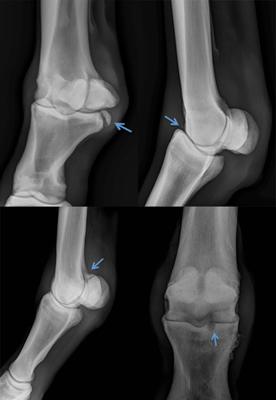
Boney fragmentation in the fetlock joint is a condition seen across multiple breeds and disciplines of horses that may impact a horse’s future performance and career longevity. Fragments in the fetlock joint can occur both as a result of trauma and as a form of developmental orthopedic disease (Osteochondritis Dissecans (OCD) or Subchondral Cystic Lesions). […]
By Megan Williams on May 18, 2015
(IN) HEALTH, InStride Health
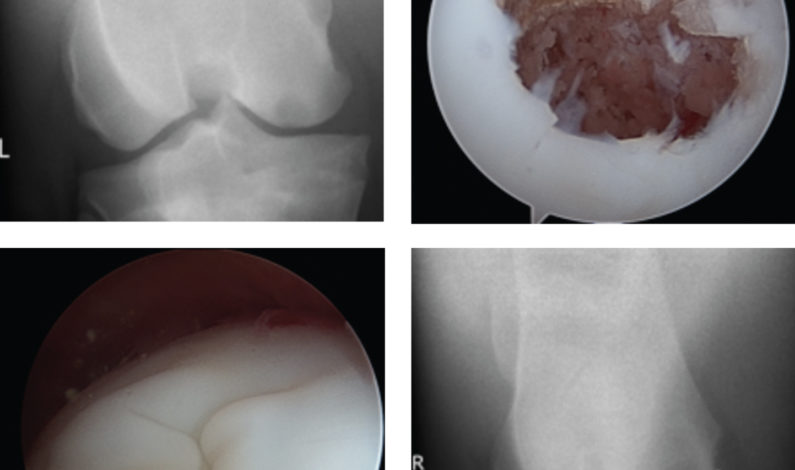
Subchondral bone cysts of the medial femoral condyle (commonly referred to as stifle cysts) are a common cause of hind limb lameness in Quarter Horses. According to a 2012 Equine Veterinary Journal study evaluating young cutting horses by R.D. Contino, prevalence can be as high as 10-13.6 percent. There are two proposed causes: 1) Developmental […]
By Megan Williams on April 14, 2015
(IN) HEALTH, InStride Health

Osteochondritis Dissecans (OCD) is a common condition affecting young and growing horses that results in a fragment or fragments of cartilage (and associated underlying bone) within the joint that is damaged and often unattached from the parent bone. While much research has been focused on defining the exact mechanisms of why and how horses develop […]














